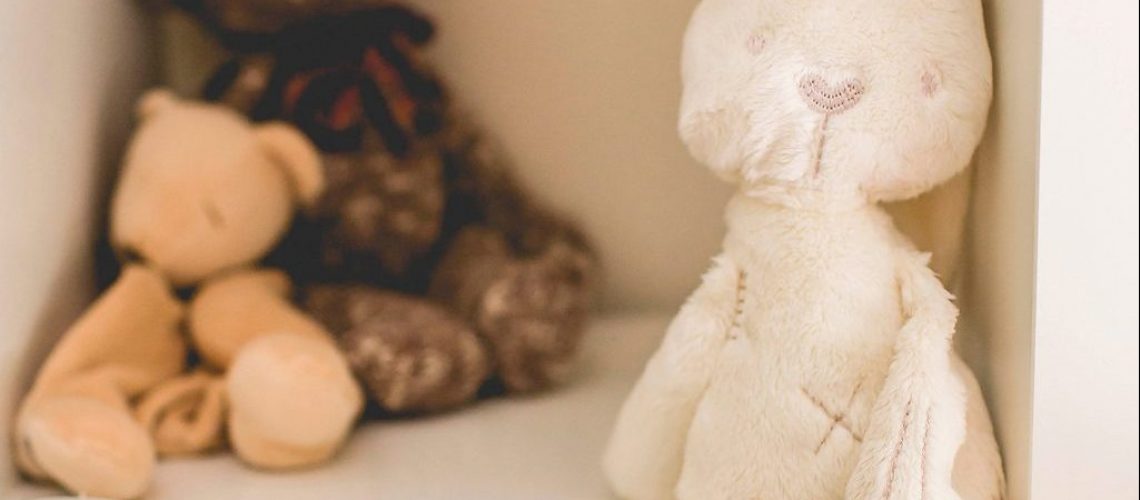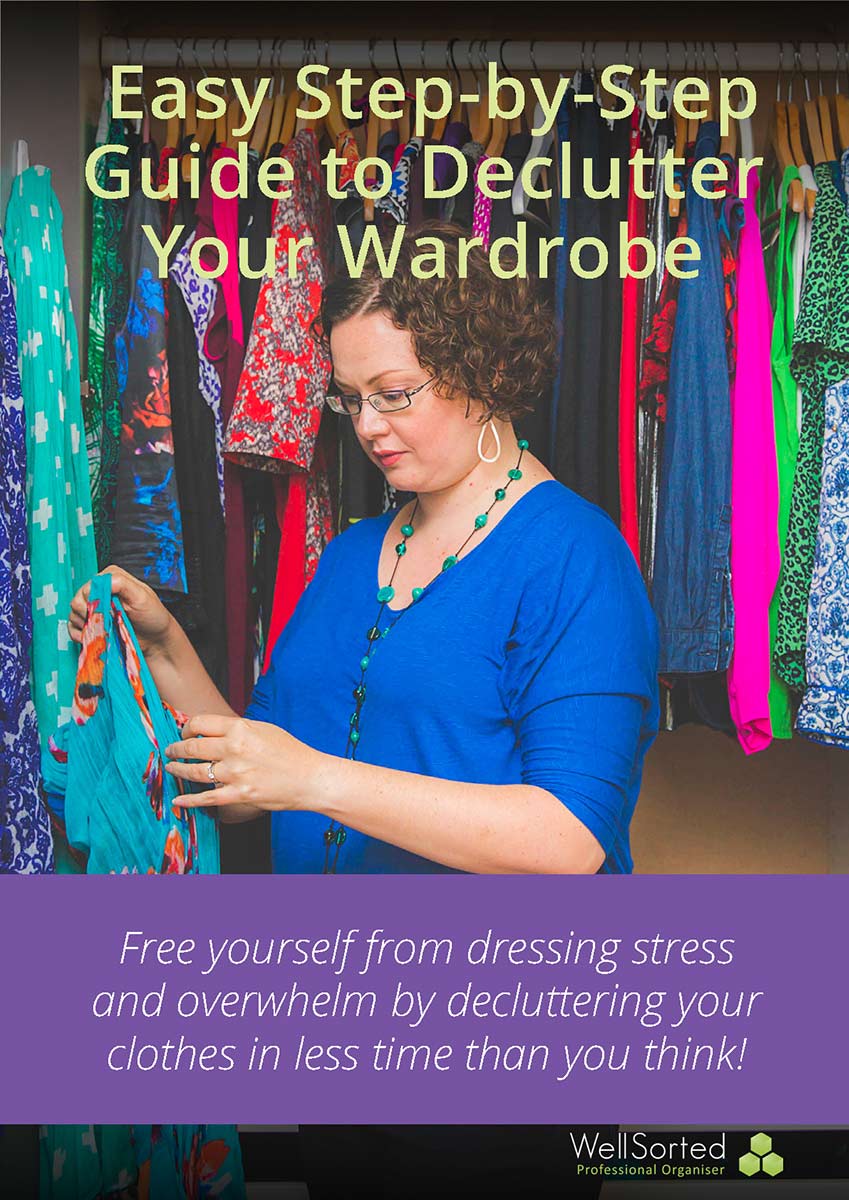Too many toys? Don’t know what to do? A toy rotation might be what you need. What is a toy rotation? It’s simply having a set number of toys out for the child to play with, and other sets of toys packed away that you’ll switch out with those being played with. It means fewer toys out and available to your child at a time. Usually, this means that there’s less to clean up and studies show that with less choice, kids actually enjoy their play more and get more creative and imaginative. They say that with less overwhelm of choice, behaviour often improves too.
Sound good? Then let’s set up a toy rotation. First, you might want to read through the ‘toy organising’ blog. This helps you decide what stays and goes.
The summary of the toy organising blog is that you’ll want to sort toys into ‘like items’ to be able to set up a toy rotation. Cull out the broken toys and those no longer played with. Is it missing pieces? Let it go. Display the toys that are always played with. The favourites. Common toys in this category are Lego, blocks and drawing stuff.
If you’ve done that and there are still masses of toys everywhere, then you might want to implement a toy rotation. Toy rotations are the answer to your prayers!
What you’ll need to set up a toy rotation
Boxes/Tubs to store each rotation in. The size and amount of boxes needed will depend on how many toys you have and the space you have to store the boxes. Be sure to be realistic about your space. So it might be best to get your rotations into piles, gauge what you have and then find suitably sized tubs.
When sorting, one tub (rotation) will be the toys that are actually out to play with. If you choose to label the boxes with what’s inside them, then you’ll have an empty box stored whilst in rotation.
You’ll also need labels, a permanent marker and toys (of course!). If you intend to label the boxes with lists of what’s in each box, you’ll need a notebook and pen or device to type into as you go. If you want to print the list, you will need a computer and printer too.
How to set up the toy rotation
Set your boxes up, ready to receive toys. Label them Toy Rotation 1, Toy Rotation 2, Toy Rotation 3….
Assuming you have the toys separated into ‘like items’ this shouldn’t take too long. (If not, go see the blog about toy organising). Start with one of the toy categories you have and place one of each of these toys into each box. If you have more than one of each for each box, do it again. So, if you have 6 puzzles, and 3 boxes, put 2 puzzles in each box.
Repeat this for each category of toys. You should be left with your boxes filled with a variety of toys from each category.
Do your kids ask for a specific toy sometimes? If so, you might want to take note of what toys are in each box so it’s easy to locate the ‘clown puzzle’. This is up to you and largely will depend on how many boxes you have. The more you have, the more likely this list on the outside of the box will be helpful.
I recommend trying to keep it to no more than 4 boxes. This is enough toys to keep variety in the home without it being overwhelming.
Now what? Storage
Once the boxes are set up and you’re current rotation is out on display and accessible, you can then store the other boxes.
Place the unused boxes out of sight in their bedroom or toy room (if you have one). If you don’t have space there, than the garage is ok.
Then decide how often you’d like to rotate the toys. Once a fortnight? Once a month? Perhaps, once every three months? Monthly is a good start. If you’re forgetful, put a reminder in your phone or make it part of a routine you already have. For instance, I change ours over fortnightly, when we return the toys to our local toy library, Meg’s Toy Box.
Since writing this, I have culled my daughter’s toys down to fit in the space!
Maintenance
Maintaining the toy area now shouldn’t be as hard. It’ll be much easier to identify the toys not played with that can be given to charity. I find that if over a few rotations my daughter hasn’t played with a particular toy, it goes out. So to keep the toy population down, it’s a case of observing what your child plays with and culling out what they’re not. Same goes with broken toys.
New toys can be added to the latest rotation or spread throughout the boxes. Up to you. Just try to keep it even.
You might need to redo the whole rotation every so often (yearly) to keep on top of it. It’ll deal with all the toys you’ve gotten out of the rotation on request. It’ll make space for new toys too.
How will a toy rotation save your sanity? If you’re still struggling WellSorted can help.







